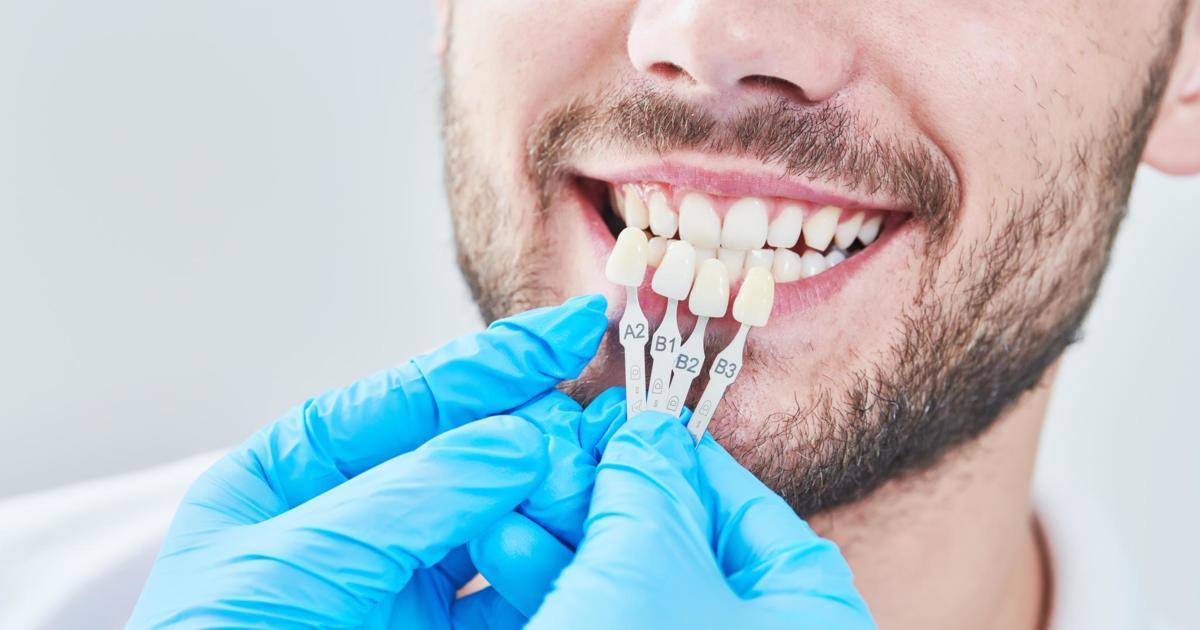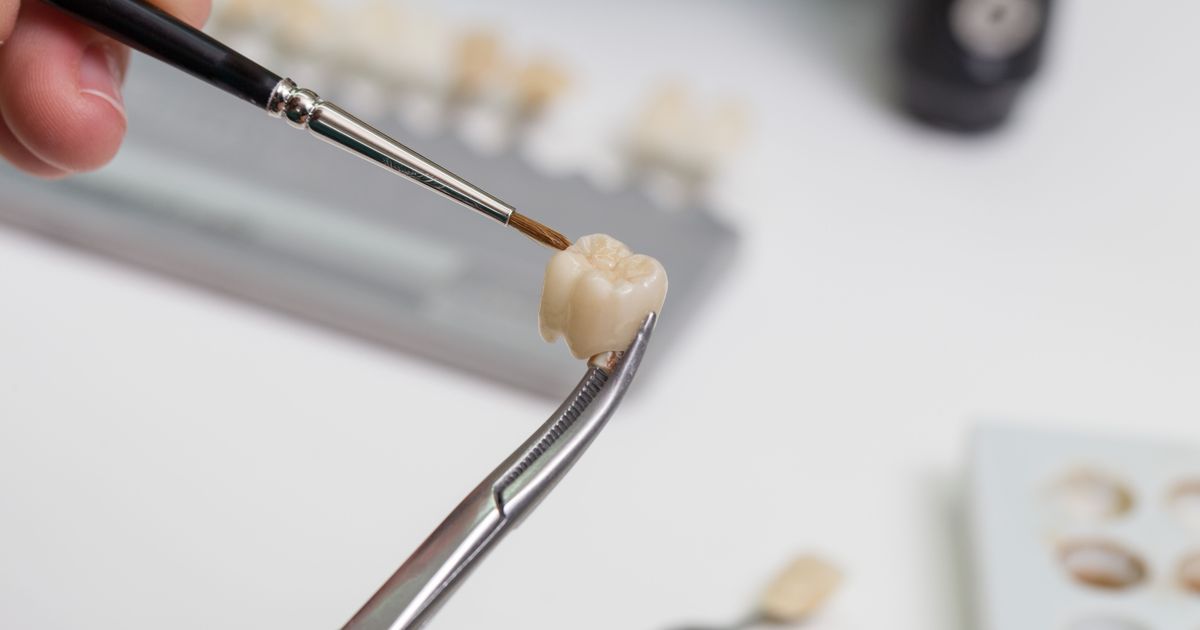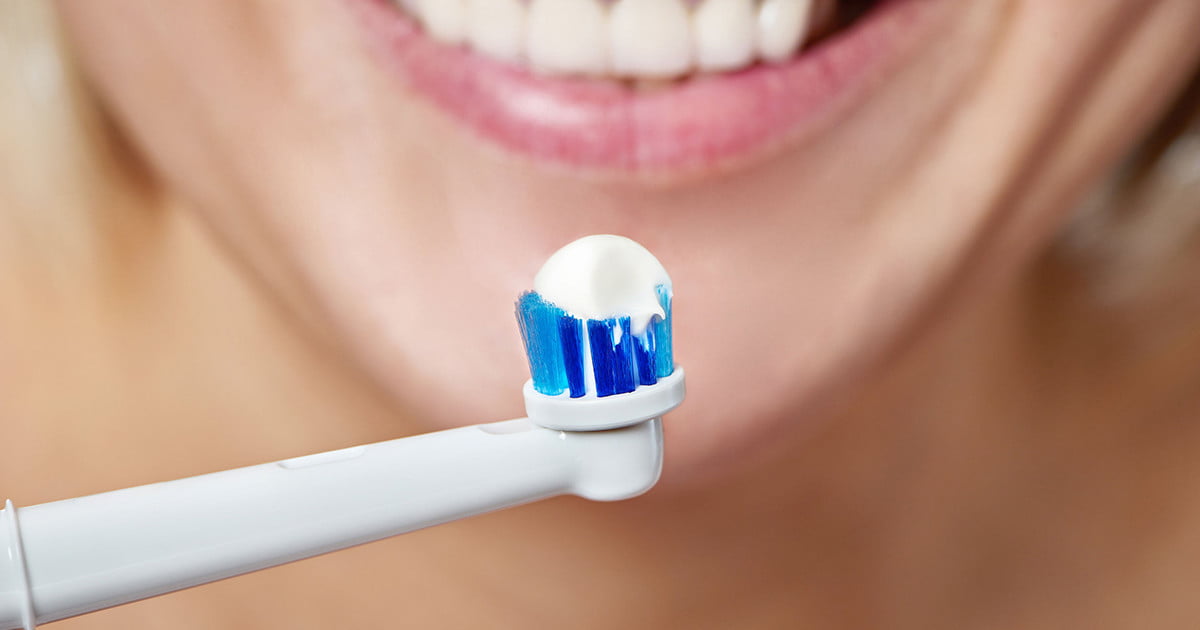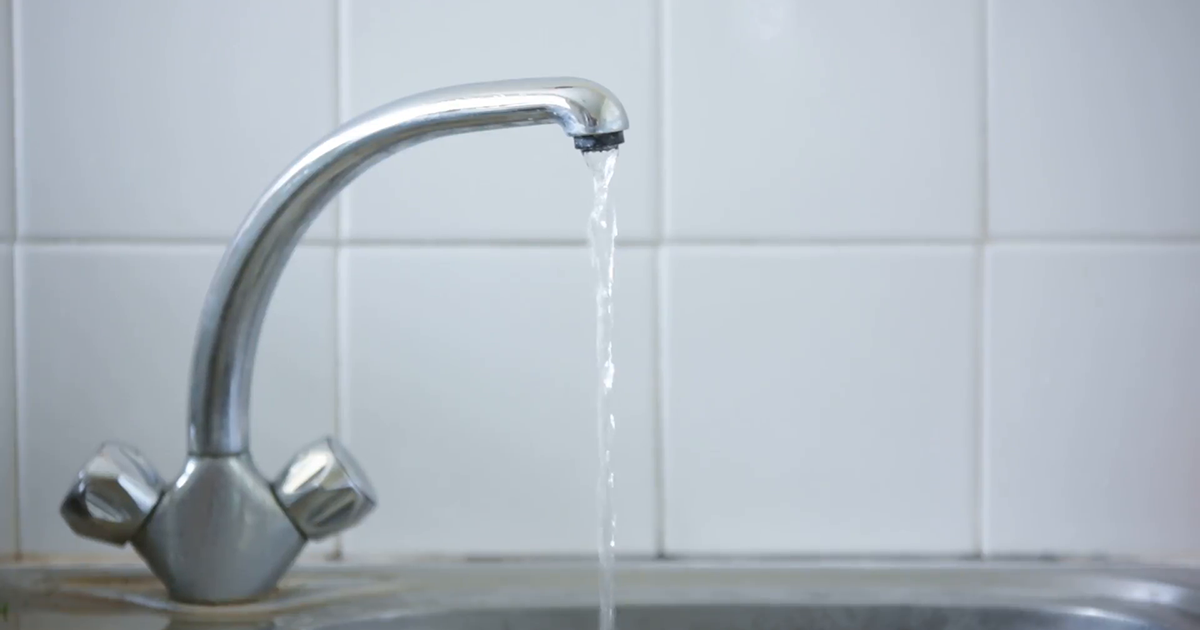Methods Of Treating And Preventing Fluorosis
Developing fluorosis typically requires an individual to have been exposed to a large amount of fluoride in the first eight years after their permanent teeth have grown. The frequent exposure to fluoride can result in a mild condition like a bright white color that laces along certain parts of the tooth. However, it can also have a heavy impact on the teeth for an increased amount of exposure. This impact can be shown in a brown or yellow stain on the teeth as well as noticeable pits in the teeth and irregularities in the surface of the teeth. Here are a few ways of preventing and treating fluorosis.
Getting Dental Veneers

While fluorosis typically evolves earlier in life, individuals are always technically at risk of developing it if they are exposed to fluoride in large quantities. A simple method patients can utilize to prevent and correct fluorosis is getting dental veneers put into place, which they can at any time. Dental veneers are similar to dentures except they fit over the individual's existing teeth. Celebrities often use them as an easy means to have a bright and white smile. The veneers can protect teeth from developing fluorosis because it rests over them and keeps them from being exposed to fluoride. It also treats the condition because patients are basically covering your stained or blemished teeth with a perfectly white smile instead. Since this requires no surgery or anything too intrusive, dental veneers are an easy and effective way to prevent and treat fluorosis. At most, patients will simply have a mold made of their teeth so the veneers fit perfectly.
Learn more about treating and preventing fluorosis now.
Getting Crowns On The Teeth

One of the consequences of fluorosis is it can form a pit in the teeth. While fluoride has a powerful ability to keep cavities from forming, those pits could become infected with bacteria and turn into a cavity anyway. Because of this, it is critical that one of the aspects of fluorosis treatment considered is getting crowns on any impacted teeth. Crowns are basically a cap placed on the tooth used to restore the shape, size, and even the function of the tooth. A crown could be the perfect solution to correct surface irregularities on the teeth. Otherwise, they can be used to cover the pit formed in a tooth. Crowns can also be used to restore the aesthetics of a tooth. So, if a patient has discolored teeth, a cap can cover the blemish and instead leave them with a pearly white tooth instead.
Continue reading to reveal more on the methods of treating and preventing fluorosis now.
Undergoing Teeth Whitening

Whitening strips can be used to whiten and brighten teeth for anyone, including fluorosis patients. When their teeth are discolored, patients likely feel quite self-conscious about their smile. This can greatly impact a patient's self-esteem and may even cause some feelings of depression or anxiety. Undergoing teeth whitening can be an easy and effective method of removing those stains and allowing patients to have a white smile just like everyone else. There are two main types of teeth whitening procedures. One employs the use of hydrogen peroxide and typically requires a dentist to brush it over the patient's teeth and allow it to rest there for a little while. They may also suggest whitening teeth at home too. If that's the case, a mold is made of the patient's teeth. They take the finished product home and fill it with a tooth whitening gel. The other method requires the dentist to whiten the inside of the tooth instead.
Get the details on more options for preventing and treating fluorosis now.
Monitor Use Of Fluoridated Toothpaste

Fluoride can be a powerful tool to limit the development of cavities. It's why many cities have decided to add small doses of it in the water. This makes receiving fluoride easy for individuals who tend to skip brushing their teeth every other day or don't visit their dentist regularly. However, for those who do use fluoride-heavy kinds of toothpaste, the addition of fluoride in the water may actually result in the development of fluorosis. One method to reduce the chances of developing fluorosis is to monitor the use of fluoridated toothpaste. While individuals can't always be sure how much fluoride is in the water, they can control the amount taken in with toothpaste. Typically, infants and small children should only receive half a milligram of fluoride a day. Between four and thirteen years old, children should receive around two milligrams of fluoride a day. Girls who are fourteen years old or older need three milligrams, and boys thirteen years old and older need four milligrams.
Continue to discover more details on preventing fluorosis now.
Monitor Fluoride Intake From Liquids

One final method to prevent the development of fluorosis is for individuals to monitor their fluoride intake from liquids. Besides just the water individuals drink at home, fluoride is also pretty common in a lot of the beverages children and teenagers like to drink. Pop, juices, beer, sports drinks, and even processed foods can all contain fluoride. This is because while the area individuals live in may not contain fluoride in the water, the manufacturing facilities where these beverages are produced can be. As such, that fluoride winds up inside of the beverage. This means individuals may be drinking far more fluoride than they actually realize. Certain infant foods even wind up with fluoride in them. Thankfully, individuals can limit their exposure to it by controlling the number of manufactured beverages they consume, thus preventing fluorosis from developing in their teeth.